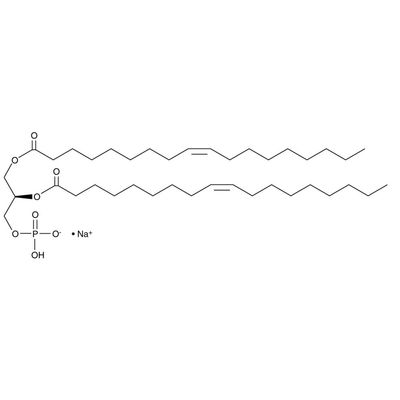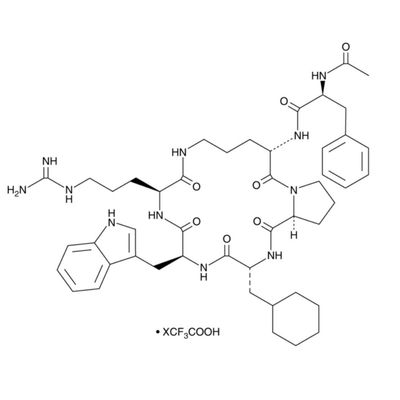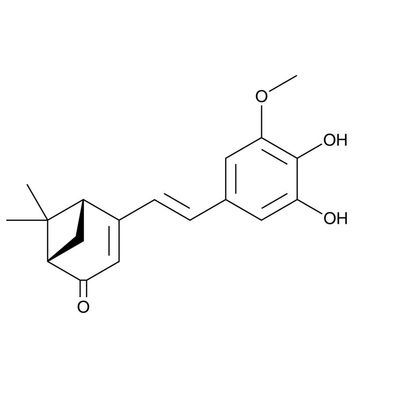

- Home
- Companies
- Cayman Chemical
- Products
Cayman Chemical products
Lipid Roles in Biology - Structural Lipids
Phosphatidylcholine
Phosphatidylcholine is the most abundant phospholipid in mammalian, plant, and yeast cells.1 It is found mainly in the outer leaflet of cell membranes and can make up approximately half of the total phospholipids.2 In mammalian tissues, phosphatidylcholine commonly contains a saturated and unsaturated fatty acid at the C-1 and C-2 positions of glycerol, respectively. It is a substrate for various enzymes in cell signaling pathways that is cleaved by phospholipases into diacylglycerol and phosphocholine or phosphatidic acid and choline. This product contains phosphatidylcholine molecular species with variable fatty acyl chain lengths at the sn-1 and sn-2 positions.
Lipids for Pharmaceutical Development - Lipid-Based Drug Delivery
1,2-Dioleoyl-sn-glycero-3-PA (sodium salt)
1,2-Dioleoyl-sn-glycero-3-PA is a phospholipid containing the long-chain (18:1) fatty acid oleic acid (Item Nos. 90260 | 24659) inserted at the sn-1 and sn-2 positions. It has been used in the generation of micelles, liposomes, and other artificial membranes.1,2
Lipids in Health & Disease - Dyslipidemias
PMX-53 (Trifluoroacetate Salt)
PMX-53 is a macrocyclic complement 5a (C5a) peptidomimetic and an antagonist of the C5a receptor (IC50 = 0.3 µM).1 It inhibits C5a-induced secretion of myeloperoxidase (MPO) in isolated human polymorphonuclear leukocytes (PMNs). PMX-53 (10 mg/kg, p.o.) inhibits vascular leakage, PMN infiltration, and peritoneal TNF-α and IL-6 production in a rat model of the peritoneal Arthus reaction.1 It reduces body weight loss and anorexia and inhibits striatal degeneration in a rat model of Huntington’s disease induced by 3-nitropropionic acid (3-NP; Item No. 14684).2 PMX-53 (3 mg/kg) also reduces atherosclerotic lesion size and lipid content in ApoE-/- mice.3
SP-8356
SP-8356 is a derivative of (1S)-(–)-verbenone and an inhibitor of CD147, also known as extracellular matrix metalloproteinase (MMP) inducer (EMMPRIN) and previously known as tumor cell-derived collagenase stimulatory factor (TCSF).1,2 It inhibits the dimerization of CD147 and the protein-protein interaction between CD147 and its ligand cyclophilin A. SP-8356 (10 µM) decreases recombinant human CD147-induced migration of A-10 vascular smooth muscle cells (VSMCs) and reduces cyclophilin A-induced increases in MMP-9 activity in, and adhesion of, isolated rat monocyte-derived macrophages. It also prevents glucose-oxygen deprivation-induced increases in reactive oxygen species (ROS) and lactate dehydrogenase (LDH) release in primary rat cortical neurons in an in vitro model of ischemia when used at a concentration of 10 µM.3 SP-8356 (5 µM) inhibits the migration and invasion of MDA-MB-231 breast cancer cells.




